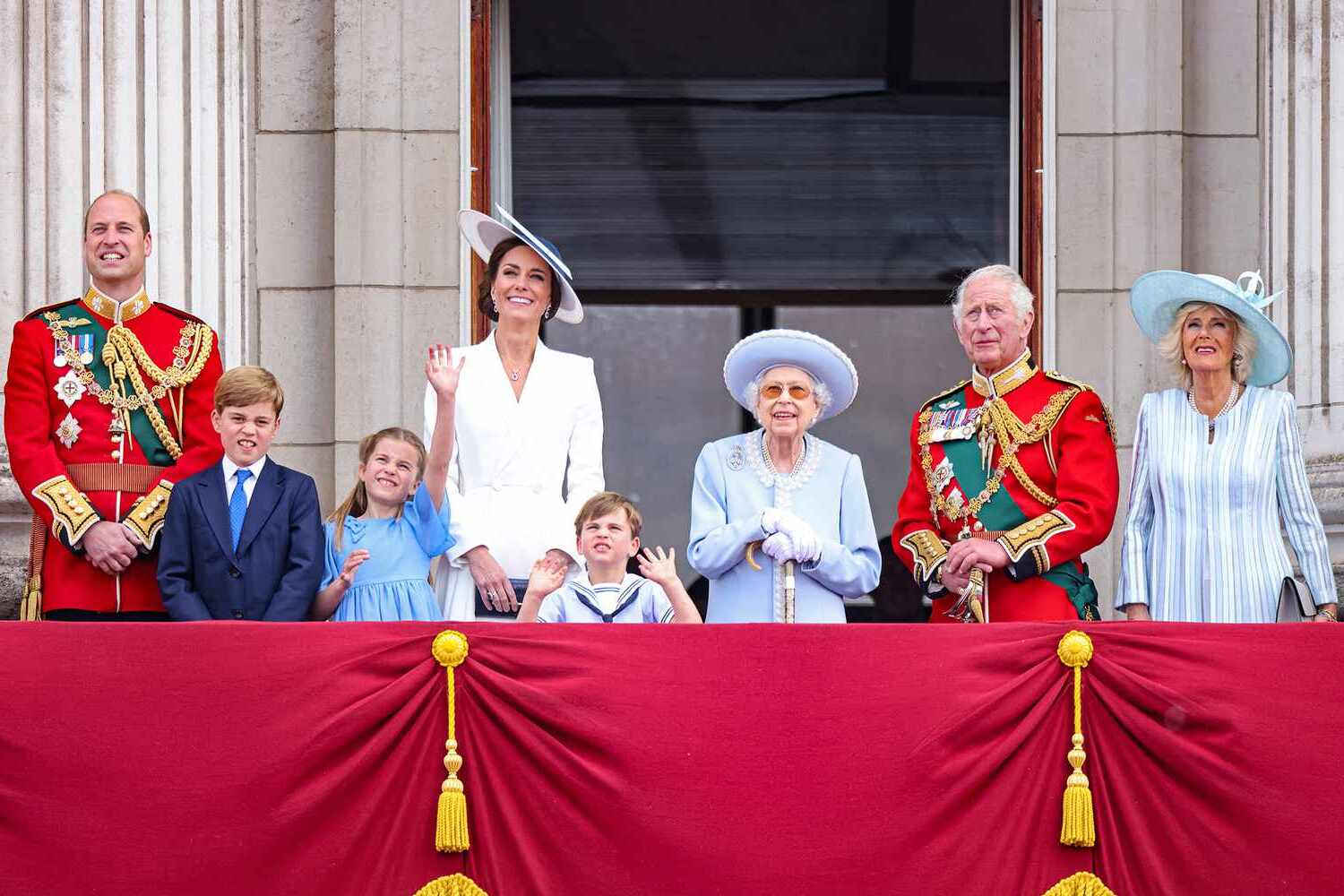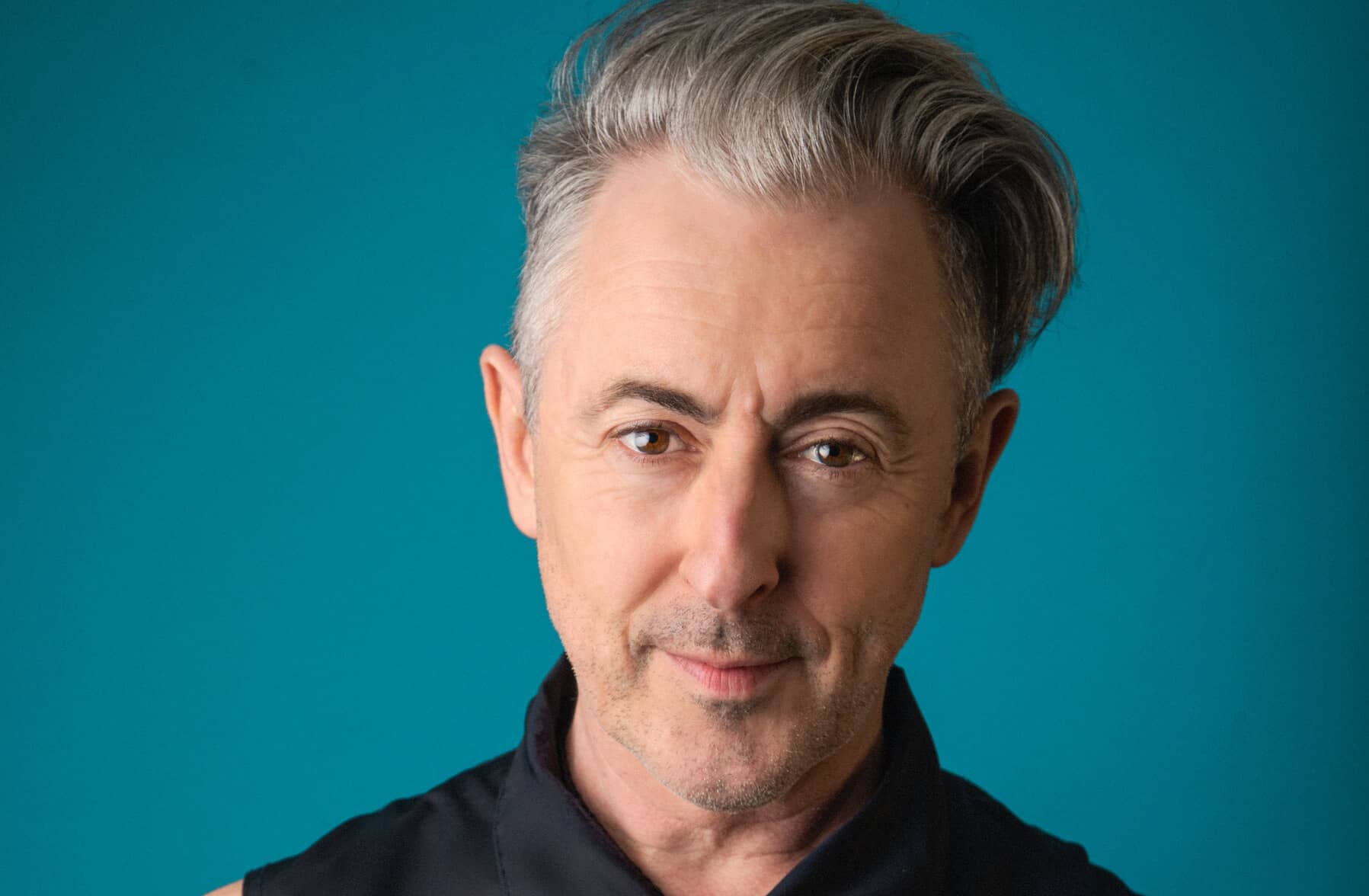
Ever wondered what makes the British Royal Family so intriguing? The British Royal Family has a history filled with fascinating traditions, unique customs, and surprising facts. From their ancient roots to their modern-day influence, there's always something new to learn about this iconic institution. Did you know that Queen Elizabeth II is the longest-reigning current monarch? Or that the royal family isn't allowed to play Monopoly? These tidbits barely scratch the surface. Dive into these 37 facts to uncover the quirks, rules, and stories that make the British Royal Family a captivating subject for millions around the world. Get ready to be amazed by the legacy and life of Britain's most famous family!
Key Takeaways:
- The British Royal Family has a rich history dating back over 1,200 years, with Queen Elizabeth II as the longest-reigning monarch, and a tradition of unique royal residences and responsibilities.
- Royal weddings, fashion influence, and love for animals are just a few aspects that make the British Royal Family a fascinating and influential institution with deep-rooted traditions and customs.
The British Monarchy: A Legacy of Tradition
The British Royal Family has a rich history filled with fascinating traditions, customs, and stories. Here are some intriguing facts that highlight the legacy of this iconic institution.
- The British monarchy is one of the oldest in the world, dating back over 1,200 years.
- Queen Elizabeth II is the longest-reigning current monarch, having ascended the throne in 1952.
- The Royal Family's surname, Windsor, was adopted in 1917 to replace the German-sounding House of Saxe-Coburg and Gotha.
- Buckingham Palace has 775 rooms, including 19 state rooms, 52 royal and guest bedrooms, 188 staff bedrooms, 92 offices, and 78 bathrooms.
- The Queen owns all the unmarked swans in open water in England and Wales, a tradition dating back to the 12th century.
Royal Residences and Their Secrets
The Royal Family resides in some of the most famous and historic buildings in the UK. Each residence has its own unique stories and secrets.
- Windsor Castle is the oldest and largest inhabited castle in the world, serving as a royal residence for over 900 years.
- Sandringham House in Norfolk has been the private home of four generations of British monarchs since 1862.
- Balmoral Castle in Scotland is the Queen's private residence, purchased by Prince Albert for Queen Victoria in 1852.
- Kensington Palace, once home to Princess Diana, is now the official residence of the Duke and Duchess of Cambridge.
- The Palace of Holyroodhouse in Edinburgh is the Queen's official residence in Scotland, dating back to the 16th century.
Royal Duties and Responsibilities
The Royal Family carries out numerous duties and responsibilities, both ceremonial and charitable. Their roles extend far beyond the public eye.
- The Queen undertakes over 300 engagements each year, including state visits, charity events, and public appearances.
- Prince Charles, the Prince of Wales, is heavily involved in environmental and architectural conservation through his charity, The Prince's Trust.
- The Royal Family supports over 3,000 charities and organizations worldwide.
- The Queen's Christmas Broadcast, a tradition since 1932, is watched by millions around the world.
- The Royal Family plays a significant role in the Commonwealth, a political association of 54 member states, most of which are former territories of the British Empire.
Royal Weddings and Celebrations
Royal weddings and celebrations capture the world's attention, showcasing the grandeur and tradition of the monarchy.
- Queen Elizabeth II and Prince Philip's wedding in 1947 was the first royal wedding to be broadcast on television.
- Prince William and Kate Middleton's wedding in 2011 was watched by an estimated 2 billion people worldwide.
- Meghan Markle's wedding dress, designed by Clare Waight Keller, featured a 16-foot veil embroidered with flowers representing the 53 countries of the Commonwealth.
- The Queen's official birthday is celebrated with the Trooping the Colour parade, a tradition dating back to the 17th century.
- The Royal Family's official residence, Buckingham Palace, opens its doors to the public each summer, allowing visitors to explore its opulent state rooms.
Royal Titles and Line of Succession
The titles and line of succession within the Royal Family are steeped in history and protocol. Understanding these can be quite fascinating.
- The title "Prince of Wales" is traditionally given to the heir apparent, a tradition dating back to 1301.
- The current line of succession to the British throne includes over 50 individuals, with Prince Charles being first in line.
- Princess Charlotte, daughter of Prince William and Kate Middleton, is the first female royal to retain her place in the line of succession despite having a younger brother.
- The title "Duke of Edinburgh" was created in 1726 and was most recently held by Prince Philip until his passing in 2021.
- The Queen's full title is "Elizabeth II, by the Grace of God, of the United Kingdom of Great Britain and Northern Ireland and of Her other Realms and Territories Queen, Head of the Commonwealth, Defender of the Faith."
Royal Fashion and Influence
The Royal Family has long been a source of fashion inspiration, influencing trends and styles across the globe.
- Queen Elizabeth II is known for her colorful outfits and matching hats, often designed by her personal dresser, Angela Kelly.
- Princess Diana became a fashion icon in the 1980s and 1990s, known for her elegant and timeless style.
- Kate Middleton, the Duchess of Cambridge, is often praised for her chic and accessible fashion choices, leading to the "Kate effect" where items she wears sell out quickly.
- Meghan Markle, the Duchess of Sussex, has been recognized for her modern and sophisticated style, often supporting sustainable and ethical fashion brands.
- The Queen's coronation gown, designed by Norman Hartnell, featured embroidered emblems of the United Kingdom and the Commonwealth.
Royal Pets and Animal Companions
The Royal Family's love for animals is well-documented, with many members having beloved pets and supporting animal welfare causes.
- Queen Elizabeth II has owned over 30 corgis during her reign, starting with Susan, a gift for her 18th birthday.
- Prince Charles is known for his passion for organic farming and animal conservation, often speaking out on environmental issues.
- The Royal Family supports numerous animal charities, including the Battersea Dogs & Cats Home and the Royal Society for the Prevention of Cruelty to Animals (RSPCA).
- The Queen's horses have won numerous races, including the prestigious Gold Cup at Royal Ascot.
- The Royal Family's love for horses extends to polo, with Prince Charles, Prince William, and Prince Harry all being avid players.
Royal Traditions and Customs
The Royal Family upholds many traditions and customs that have been passed down through generations, adding to the mystique and allure of the monarchy.
- The Changing of the Guard at Buckingham Palace is a ceremonial event that attracts thousands of tourists each year.
- The Queen sends personalized messages to individuals celebrating their 100th birthday and 60th wedding anniversary, a tradition started by King George V in 1917.
The Royal Family's Fascinating Legacy
The British Royal Family has a rich history full of intriguing facts. From Queen Elizabeth II's record-breaking reign to the mysteries of the Crown Jewels, there's always something new to learn. Their influence spans centuries, shaping not just the UK but the world. Whether it's royal weddings, scandals, or charitable endeavors, the Royals never fail to capture our attention.
Understanding these facts gives us a glimpse into their lives and the traditions they uphold. It also highlights the evolution of the monarchy in modern times. So, next time you hear about the Royal Family, remember there's more than meets the eye. Their legacy is a tapestry woven with history, culture, and enduring influence. Keep exploring, and you'll always find something new about this fascinating institution.
Frequently Asked Questions
Was this page helpful?
Our commitment to delivering trustworthy and engaging content is at the heart of what we do. Each fact on our site is contributed by real users like you, bringing a wealth of diverse insights and information. To ensure the highest standards of accuracy and reliability, our dedicated editors meticulously review each submission. This process guarantees that the facts we share are not only fascinating but also credible. Trust in our commitment to quality and authenticity as you explore and learn with us.


